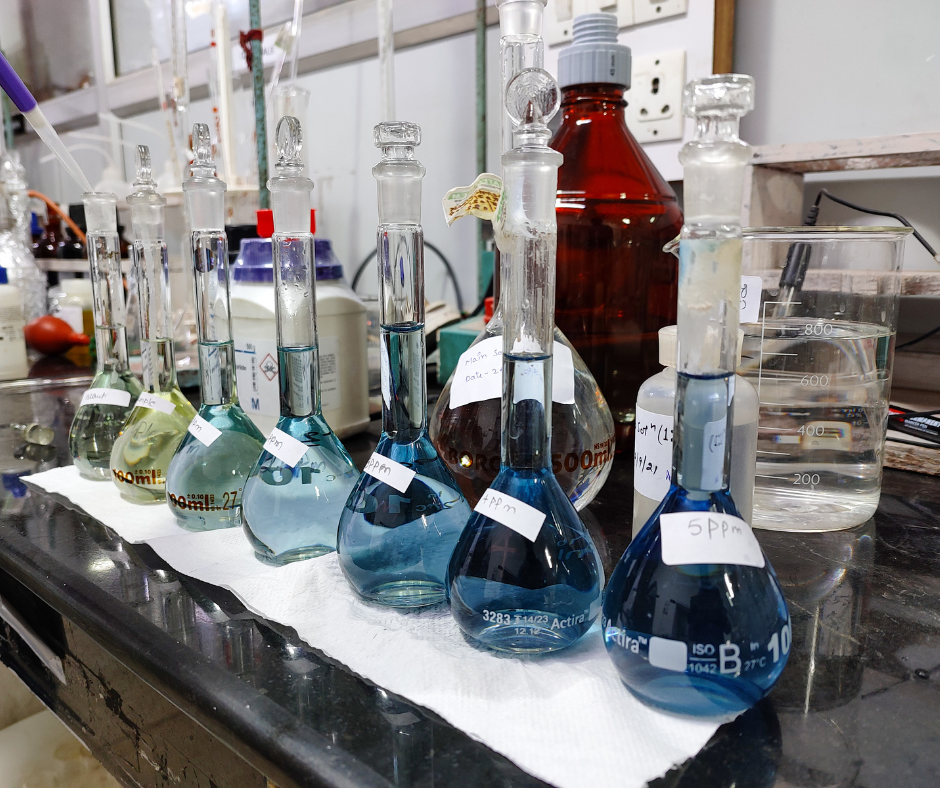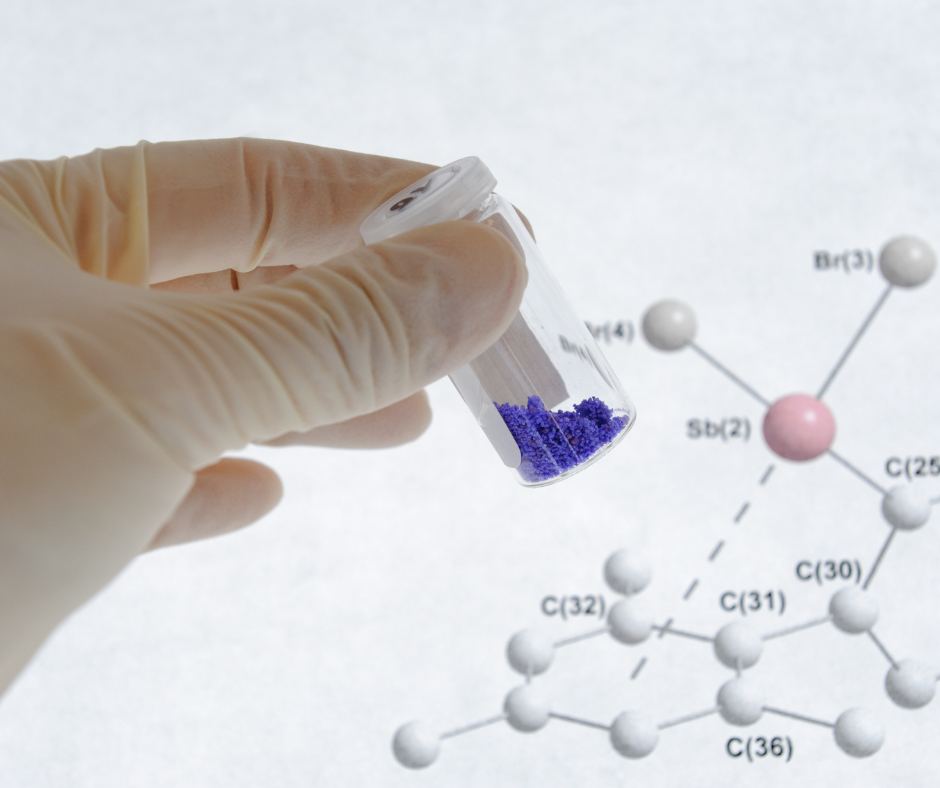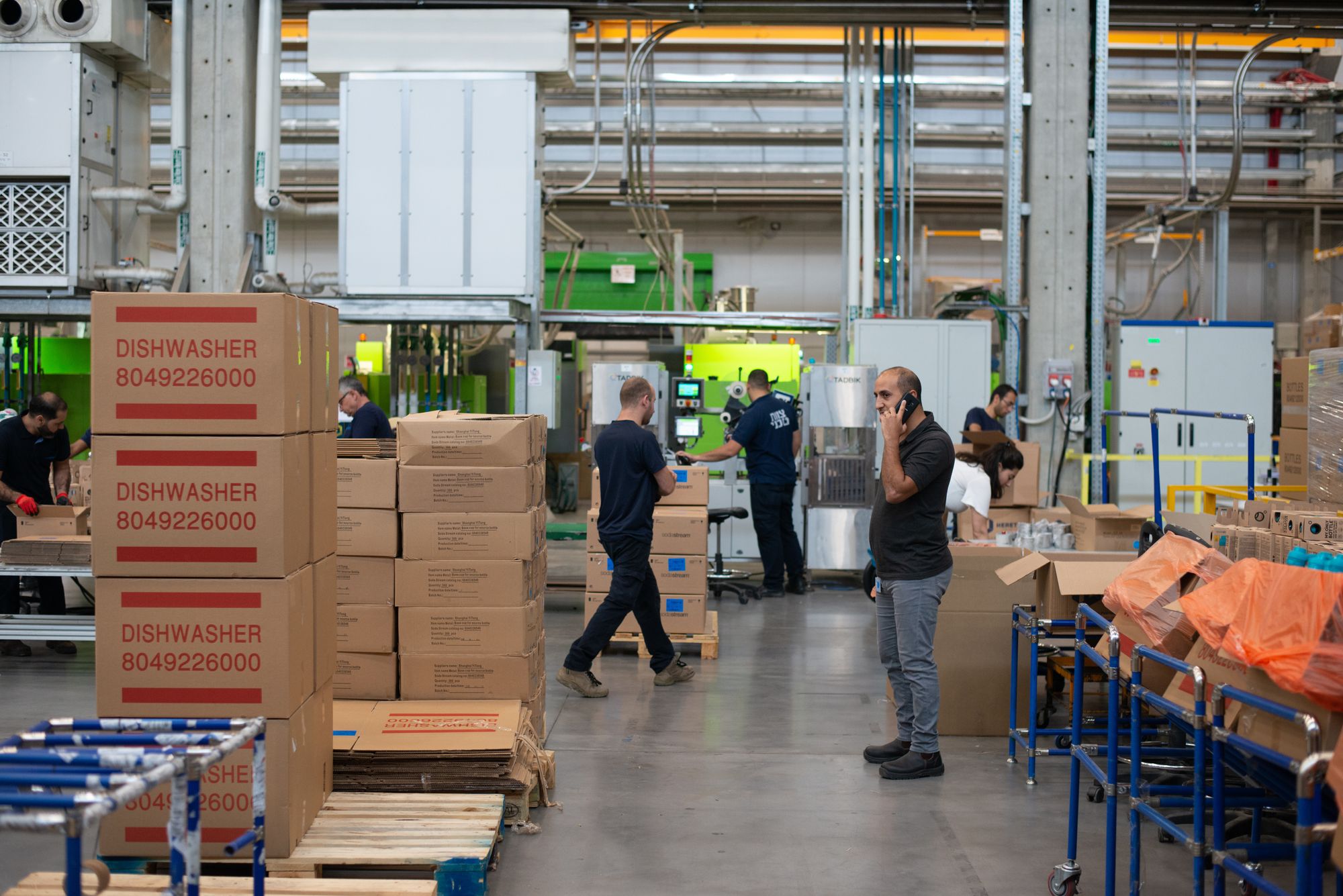Digital twin technology is an emerging technology that involves creating a virtual replica of a physical system or process. The virtual replica, also known as a digital twin, is created using data collected from sensors and other sources, and it is used to simulate and optimize the performance of the physical system. Digital twin technology has the potential to revolutionize various industries, including chemical production, by providing real-time monitoring and analysis of production processes, enabling operators to identify and address issues as they arise.
In chemical production, digital twin technology can be used to create a virtual replica of a chemical production plant or process. The digital twin can be used to simulate the production process, enabling operators to optimize the use of resources, minimize downtime, and improve product quality. By simulating the production process, operators can identify and address bottlenecks, inefficiencies, and other issues that may be impacting the production process.
Digital twin technology can also be used to monitor and predict equipment maintenance needs, reducing downtime and improving reliability. By monitoring equipment performance in real-time, operators can identify potential issues before they become a problem and take corrective action to prevent downtime and other issues.
In addition to improving process efficiency and reliability, digital twin technology can enhance safety in chemical production. The technology can be used to identify potential safety hazards and risks in the production process, enabling operators to take corrective action before they become a safety risk.
A digital twin is a virtual replica of a physical system that can be used to simulate and optimize the performance of the system. In the context of chemical production, a digital twin can be used to create a virtual representation of a chemical production plant or process, allowing for real-time monitoring, analysis, and optimization.
The purpose of this article is to provide an overview of the best practices for chemical manufacturing quality control.
- Improved Process Efficiency
- Real-Time Monitoring and Analysis
- Enhanced Safety
- Cost Savings
- Predictive Maintenance
- Key Takeaways
The following are the benefits of using digital twin technology in chemical production:
Improved Process Efficiency
One of the key benefits of using digital twin technology in chemical production is improved process efficiency. By creating a virtual replica of a chemical production plant or process, operators can simulate the production process and identify areas for improvement. This enables operators to optimize the use of resources, minimize downtime, and improve product quality.
One way digital twin technology can improve process efficiency is by identifying bottlenecks and inefficiencies in the production process. By simulating the production process, operators can identify where the process is slowing down or where there is an inefficiency. They can then take corrective action to address the issue, such as optimizing the use of resources or changing the production process.
Another way digital twin technology can improve process efficiency is by enabling real-time monitoring and analysis of the production process. By monitoring the production process in real-time, operators can identify issues as they arise and take corrective action to address them. This can help to reduce downtime, improve product quality, and minimize waste.
Digital twin technology can also be used to optimize the use of resources in the production process. By simulating different scenarios, operators can identify the most efficient use of resources, such as raw materials, energy, and labor. This can help to reduce costs and increase profitability.
Overall, improved process efficiency is a key benefit of using digital twin technology in chemical production. By simulating the production process, monitoring it in real-time, and optimizing the use of resources, operators can improve the performance of the production process and increase profitability.
Real-Time Monitoring and Analysis
Another key benefit of using digital twin technology in chemical production is real-time monitoring and analysis of the production process. By creating a virtual replica of the production process, operators can monitor the performance of the process in real-time and analyze the data to identify areas for improvement.
Real-time monitoring enables operators to detect issues as they arise, such as equipment malfunctions or deviations from production parameters. This allows operators to take corrective action immediately, reducing the risk of downtime or quality issues.
Digital twin technology can also provide insights into the performance of the production process that may not be visible through traditional monitoring methods. For example, the technology can be used to monitor the performance of individual components or processes within the production process, allowing operators to identify areas for optimization and improvement.
In addition to real-time monitoring, digital twin technology enables operators to analyze data from the production process to identify trends and patterns. By analyzing data over time, operators can identify areas for improvement and make data-driven decisions about how to optimize the production process.
Real-time monitoring and analysis can also be used to predict equipment failures or maintenance needs, reducing downtime and increasing the reliability of the production process. By analyzing data from equipment sensors, operators can identify patterns that indicate potential equipment failures and take corrective action before the equipment fails.
Overall, real-time monitoring and analysis are critical benefits of using digital twin technology in chemical production. By providing real-time insights into the performance of the production process and enabling operators to analyze data to identify areas for improvement, the technology can improve efficiency, reduce downtime, and increase the reliability of the production process.
Enhanced Safety
Another significant benefit of using digital twin technology in chemical production is enhanced safety. Chemical production involves the handling of hazardous materials and can be a dangerous process if not managed correctly. Digital twin technology can be used to create a virtual replica of the production process, which can be used to simulate potential hazards and assess the risks associated with different scenarios.
By simulating the production process, operators can identify potential hazards and risks associated with different scenarios, allowing them to take corrective action to reduce the risk of accidents or incidents. For example, they can identify potential sources of contamination, leaks, or spills and take steps to prevent them from occurring.
Digital twin technology can also be used to simulate emergency scenarios, allowing operators to practice responding to potential incidents and refine their emergency response plans. This can help to improve the effectiveness of emergency response plans and reduce the risk of accidents or incidents.
Furthermore, digital twin technology can be used to monitor the production process in real-time and detect potential safety issues as they arise. By monitoring the process for abnormal conditions or deviations from standard operating procedures, operators can take corrective action before an incident occurs.
Finally, digital twin technology can be used to improve the training of personnel by simulating potential hazards and incidents. By providing realistic simulations of hazardous scenarios, operators can train personnel to respond appropriately and effectively to potential incidents.
Overall, enhanced safety is a significant benefit of using digital twin technology in chemical production. By simulating potential hazards and risks, monitoring the production process in real-time, and improving training, operators can reduce the risk of accidents or incidents and ensure a safe and secure working environment.
Cost Savings
Cost savings is another key benefit of using digital twin technology in chemical production. By optimizing the production process and reducing downtime, digital twin technology can help to reduce costs and increase profitability.
One way digital twin technology can save costs is by optimizing the use of resources, such as raw materials, energy, and labor. By simulating different scenarios and identifying the most efficient use of resources, operators can reduce costs and increase profitability.
In addition, digital twin technology can be used to reduce downtime by identifying potential equipment failures or maintenance needs. By monitoring equipment sensors and analyzing data in real-time, operators can identify patterns that indicate potential equipment failures and take corrective action before the equipment fails. This can help to reduce downtime and increase the reliability of the production process.
Furthermore, digital twin technology can be used to reduce waste and improve product quality. By simulating the production process and optimizing production parameters, operators can improve product quality and reduce the amount of waste produced during the production process. This can help to reduce costs associated with waste disposal and increase profitability.
Finally, digital twin technology can be used to reduce the time and cost associated with product development. By simulating different scenarios and optimizing production parameters, operators can reduce the time and cost required to develop new products.
Overall, cost savings is a significant benefit of using digital twin technology in chemical production. By optimizing the use of resources, reducing downtime, reducing waste, and improving product quality, operators can reduce costs and increase profitability.
Predictive Maintenance
Another key benefit of using digital twin technology in chemical production is predictive maintenance. Predictive maintenance is the practice of using data and analytics to predict when equipment failure is likely to occur and taking corrective action before the failure occurs. By using predictive maintenance, operators can reduce downtime and maintenance costs while increasing the reliability of the production process.
Digital twin technology can be used to monitor equipment sensors in real-time and analyze data to predict when equipment failure is likely to occur. By monitoring the performance of equipment and identifying patterns in the data, operators can identify potential equipment failures before they occur and take corrective action to prevent them.
Predictive maintenance can also help to reduce maintenance costs by allowing operators to schedule maintenance activities only when necessary. By predicting when equipment failure is likely to occur, operators can schedule maintenance activities during times of low production activity, reducing the impact on production and minimizing the cost of maintenance activities.
In addition, predictive maintenance can help to increase the reliability of the production process. By identifying potential equipment failures before they occur, operators can take corrective action to prevent downtime and ensure that the production process runs smoothly.
Finally, predictive maintenance can help to improve safety by identifying potential safety hazards associated with equipment failure. By monitoring equipment sensors and identifying potential safety hazards, operators can take corrective action to prevent accidents or incidents.
Overall, predictive maintenance is a significant benefit of using digital twin technology in chemical production. By predicting equipment failures, reducing maintenance costs, increasing reliability, and improving safety, operators can optimize the production process and increase profitability.
How can Deskera Help You?
Deskera's integrated financial planning tools allow investors to better plan their investments and track their progress. It can help investors make decisions faster and more accurately.
Deskera Books can assist you in automating your accounting and mitigating business risks. Deskera makes it easier to create invoices by automating many other procedures, reducing your team's administrative workload.
Deskera also offers a suite of integrated applications to help businesses manage their financials, inventory, and operations. Furthermore, other business aspects such as HR (Deskera People), CRM (Deskera CRM), and ERP are provided by Deskera. These could be crucial and can help short sellers keep track of their businesses and make better decisions.
Key Takeaways
Here are the key takeaways of the best practices for chemical manufacturing quality control:
- Establish quality control procedures that meet industry standards and regulations
- Train personnel on quality control procedures and the importance of quality control
- Maintain a clean and controlled environment to prevent contamination
- Conduct rigorous testing at various stages of the production process to ensure product quality
- Use appropriate equipment to ensure accurate testing and production
- Document everything, from procedures to test results, to ensure traceability and accountability
- Continuously improve quality control procedures through data analysis and process optimization
By implementing these best practices, chemical manufacturers can ensure that their products meet the highest standards of quality and safety while optimizing the production process for increased efficiency and profitability.
Overall, digital twin technology has the potential to transform chemical production by providing real-time monitoring and analysis of the production process, enabling operators to optimize the use of resources, minimize downtime, improve product quality, enhance safety, and reduce costs. As the technology continues to develop and become more widely adopted, it is expected to have a significant impact on the chemical production industry.
Related Articles













